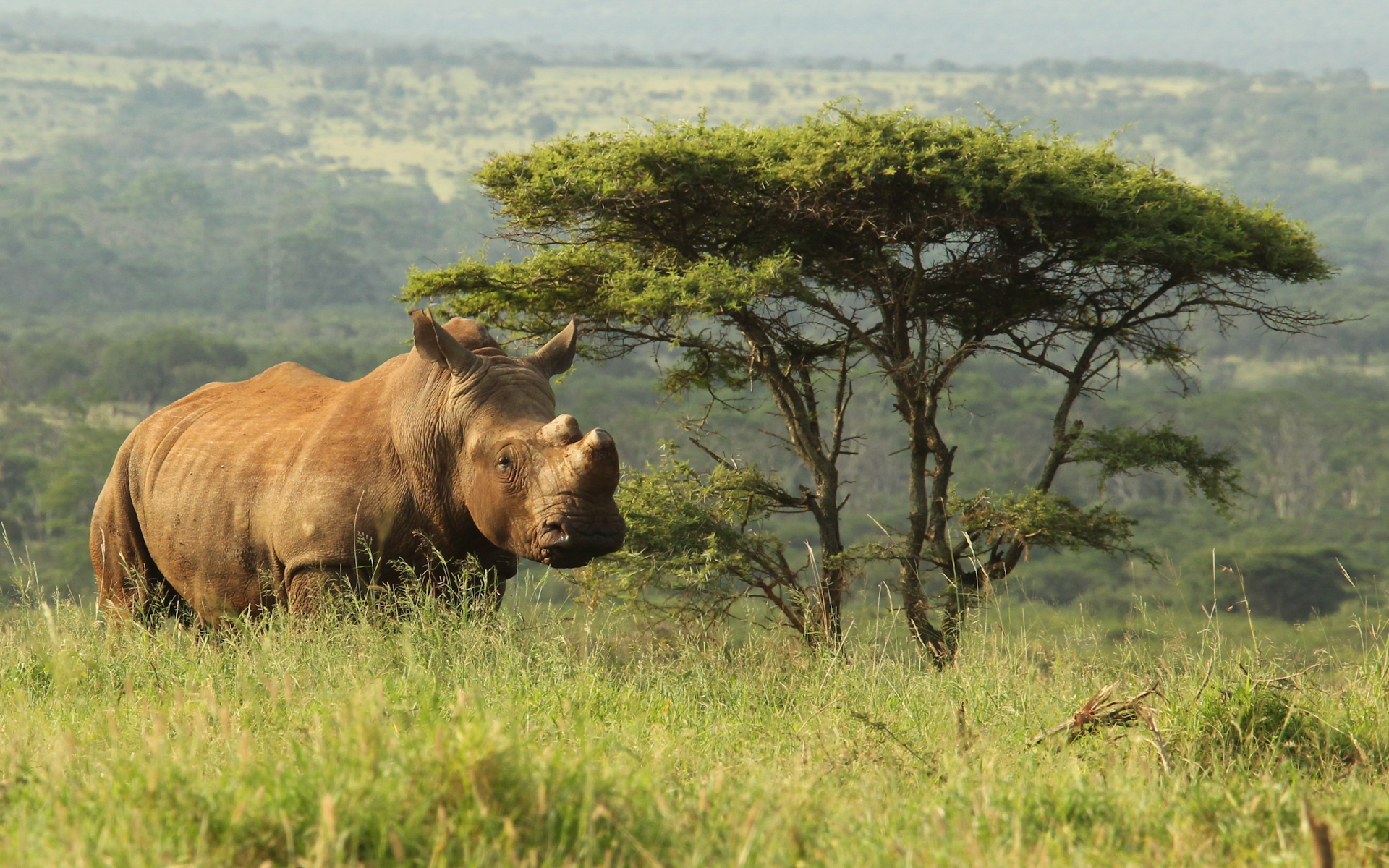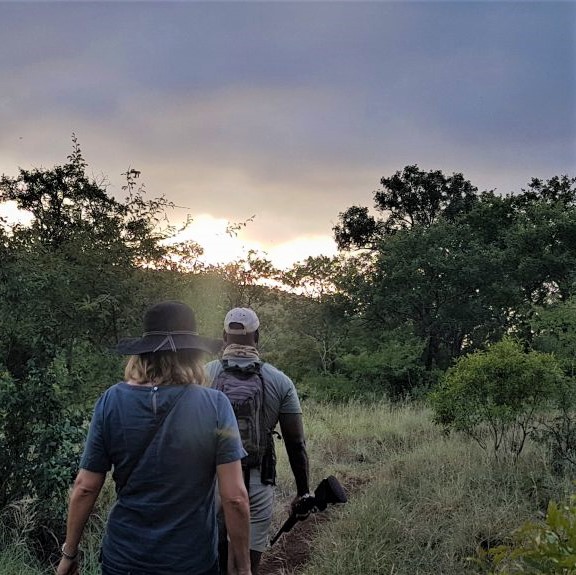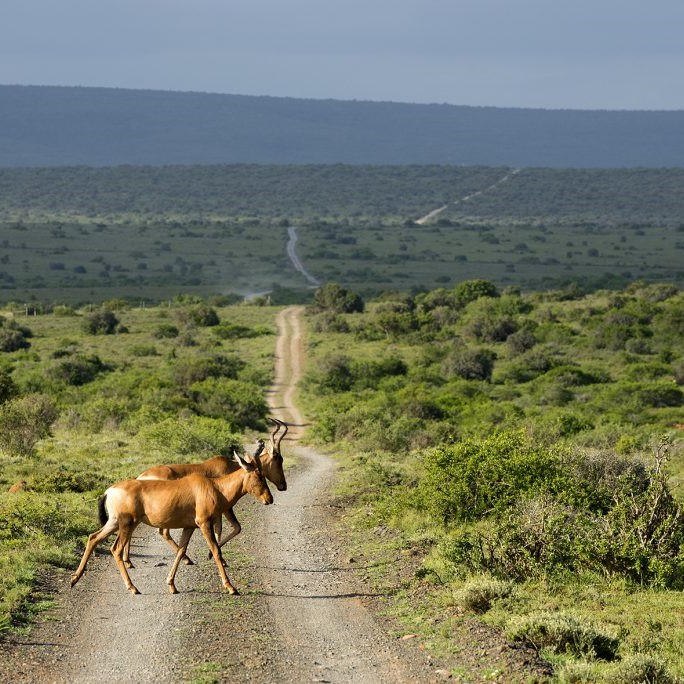The Maputo Special Reserve is a place where wild elephants roam, where ocean giants frolic and where loggerhead turtles haul themselves onto the beach to lay their eggs. It’s also the place where, on a pristine stretch of beach, a barefoot luxury lodge lays nestled within the coastal forest… a place where community and conservation are deeply embedded within its DNA.
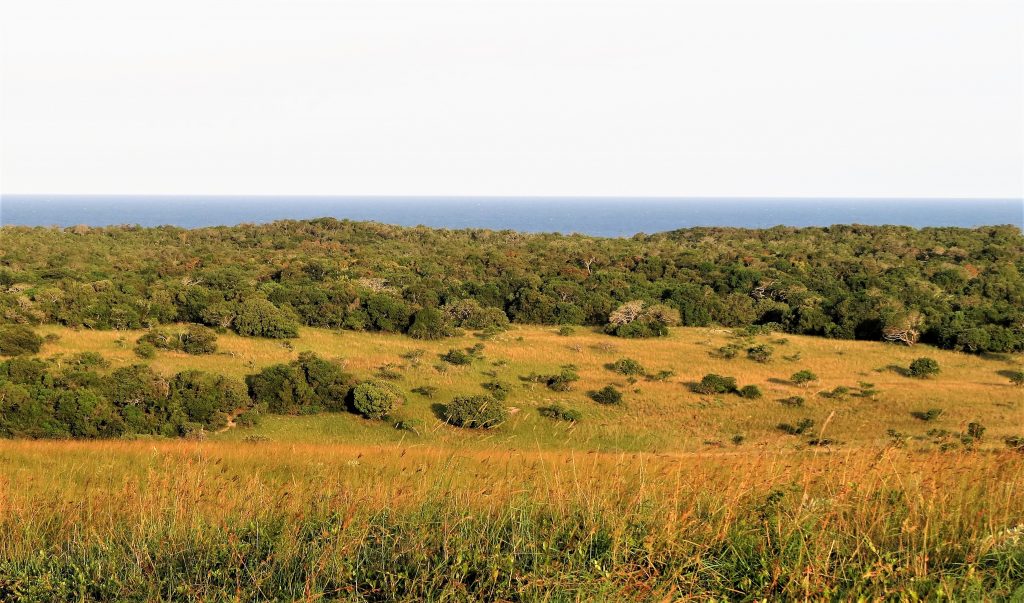

This very special wild place is the Maputo Special Reserve (MSR), and the equally special lodge is Anvil Bay Chemucane. Paul Bell, one of the trustees of the lodge, always dreamt of establishing a community run beach camp on the exact spot in Mozambique where he had camped with his family for 50- something years, so it’s not surprising has a deep connection with both the land and her people.
The MSR is located in southern Mozambique and has a spectacular 1040 km² of incredible biodiversity found across its nine distinct biospheres – it is part of one of the world’s 36 biologically richest and most endangered terrestrial eco-regions. With its lakes, wetlands, mangrove swamps, sand dunes and coastal dune forests, as well as savanna grasslands, coastal forests, rocky shores and beaches the MSR supports an exceptionally high number of endemic species of fauna and flora.

The deep sandy roads and spectacular scenery of the MSR make the getting to Anvil Bay Chemucane part of the adventure. But it’s a lot easier than it used to be, thanks to the new tar road that now links the Kosi Bay border post and Maputo – well it will when the fabulous new Maputo-Catembe Bridge is finally completed (completion was scheduled for June 2018, but it has been delayed, some say indefinitely). Access to the MSR is via either the southern Gala Gate or the main Futi Gate – where non 4X4 vehicles are parked if a road transfer is arranged.
The drive through the MSR to Anvil Bay takes about two hours, but the spectacular scenery and game viewing make it part of the experience. The most abundant species are hippo, reedbuck, elephant, crocodile, red duiker, blue wildebeest and zebra, while the giraffe, nyala, kudu, bushbuck and waterbuck populations are growing.
Anvil Bay Chemucane is a low impact beach and bush destination where miles of untouched beach are fringed with coastal forest, and where beyond the sand dunes are the lakes, wetlands, forests and grasslands of the MSR. This was made possible by a landmark decision by the Mozambique Governmentto grant the Chemucane Community an ecotourism concession in the MSR.

A joint venture was formed between the Chemucane Community and the Bell Foundation (a philanthropic trust established for the benefit of the community) and with funding from the World Bank and the Bell and Ford Foundations construction of Anvil Bay camp began. This created many benefits for the local community, from the purchase of local materials, produce and services skills transfer, hospitality training as well as employment. In addition to this the community benefits financially from their share of the profits while concession fees support conservation efforts in the Reserve.
“A founding commitment of the project” says Paul Bell, “is to develop local staff to manage the lodge in the future”. A rising star of this program is Jonito Timbane, Anvil Bay trainee manager. Jonito who is a member of the local community started work as a teenage camp hand eight years before construction of the lodge had started. In the construction phase Jonito quickly learnt the details of the plumbing and electrical systems and eventually led the installation of these systems and today oversees the maintenance team for the lodge among his many duties. Jonito’s training continues through a mentorship program learning the processes of operations management, team leader development and HR needs.


The purpose of the Anvil Bay Chemucane tourism development is to provide opportunities for the communities involved while supporting conservation efforts in the park. With the majority of staff being members of the local community, and having worked through the building phase and made the transition to hospitality and “their strong sense of camaraderie and commitment to the business is amazing”, says Paul.
The MSR was originally established in the 1930s to protect Southern Africa’s last remaining coastal elephant population which roamed freely between here and Maputaland in northern KwaZulu-Natal. Fast forward past a civil war that decimated wildlife populations and the ‘protection fences’ of Tembe Elephant Park in KZN, and you have a wildlife area extending through three countries, Mozambique, South Africa and Swaziland – thanks to intervention by Peace Parks and the creation of the Lubombo Transfrontier Conservation Area (TFCA), of which the MSR is a part.
As part of developing the Lubombo TFCA, the governments of Mozambique and South Africa began a translocation programme to MSR in 2010. The translocations re-introduce species that were historically found in the area, thereby enabling the fast recovery and subsequent increase of the reserve’s wildlife populations. Earlier this year 50 nyala were released in the coastal forest around Anvil Bay, and it’s a treat seeing them around the tented camp.
A recent development has been the signing of a partnership agreement between the Transfrontier conservation group Peace Parks Foundation and Mozambique to support the management and development of the Maputo Special Reserve and Ponta do Ouro Partial Marine Reserve in the southern part of the country. The marine reserve component stretches across 678 square km and is the most important leatherback and loggerhead turtle nesting ground along the entire 2,800 km Mozambican coastline, with more than 1,000 turtles coming to nest on these shores every year. Together with the neighbouring iSimangaliso Wetland Park it forms Africa’s first marine transfrontier conservation area.
So, what makes the MSR so special?
It’s that visitors can view elephants at one moment and humpback whales in the next – during the winter months the whales migrate from their summer feeding grounds close to the poles, to warmer water to breed. It’s quite an experience being out on the ocean in one of Anvil Bay’s fishing kayaks when a 40-ton acrobatic Humpback Whale breaches a mere 50 meters or so away! Dolphins and marine turtles, leatherback and loggerhead, as well as the occasional whale shark are found in the ocean.
And during the summer months, generally from November to the end of February, one has the opportunity to witness the extreme effort and determination of Giant Leatherback and Loggerhead turtles as they come ashore to lay their eggs in carefully prepared nests, often on the exact beach that they themselves hatched – some right near the beach access points of the tented suites. All precautions have been taken at Anvil Bay not to disturb the turtle laying process – there are no permanent structures on the beach and no lights facing the beach that could distract the hatchlings from making their way to the ocean.


The oceans of Ponta do Ouro Partial Marine Reserve offer a diverse marine life that can easily be see found when snorkelling the shallow coral reef off Anvil Bay – and these Indian Ocean waters are relatively warm, even during the winter months. But if they’re still a little chilly for you, Anvil Bay has an extensive selection of wetsuits you can choose from. Anvil Bay also offers guided nature walks (depending on the whereabouts of the elephants) along the beach, over the dunes and through the coastal forest offering a great opportunity for learn more about the flora and fauna of the Reserve.
And if you thought that was enough, you’re wrong. You can enjoy spectacular sunsets from the deck on Lake Machai – binoculars are a must to look out for elephants frolicking in the water across the lake as well as a variety of birdlife (the MSR supports a remarkable diversity of bird life, with about 350 species recorded).
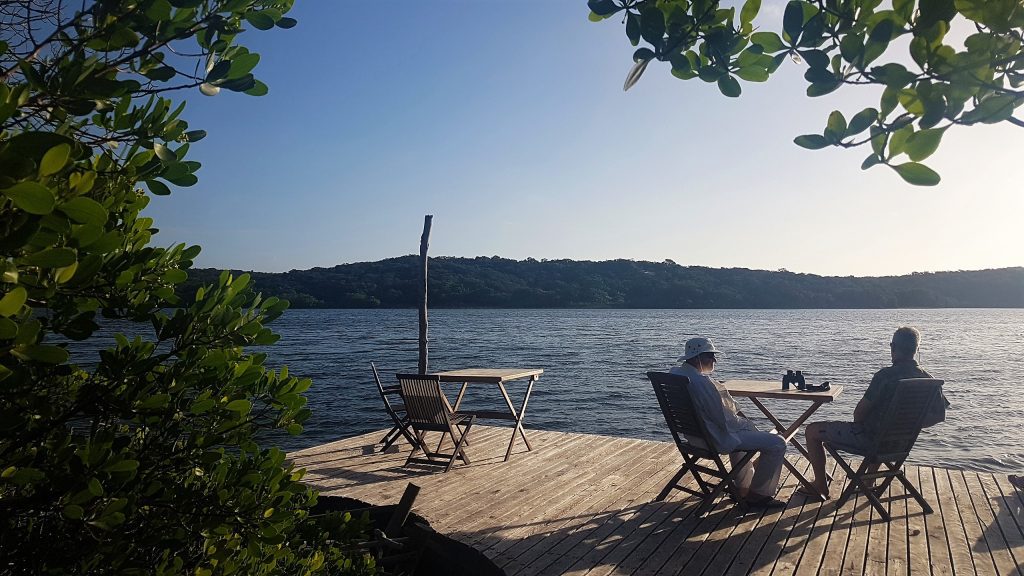
Anvil Bay Chemucane and the Maputo Special Reserve is one of southern Africa’s great success stories, celebrating the relationship between community and biodiversity, with conservation at its core.


